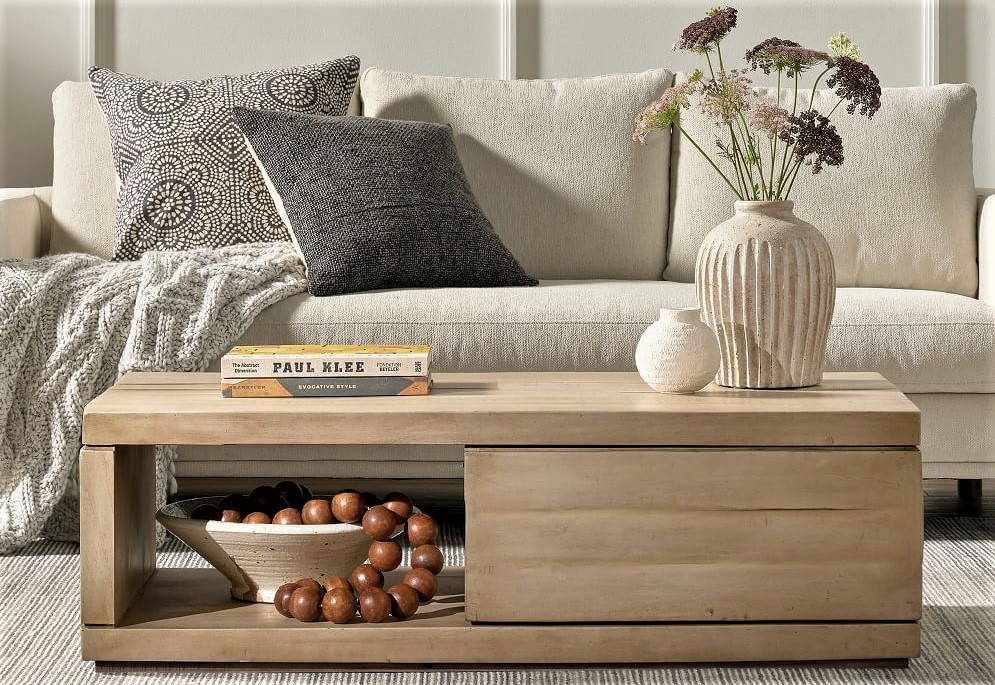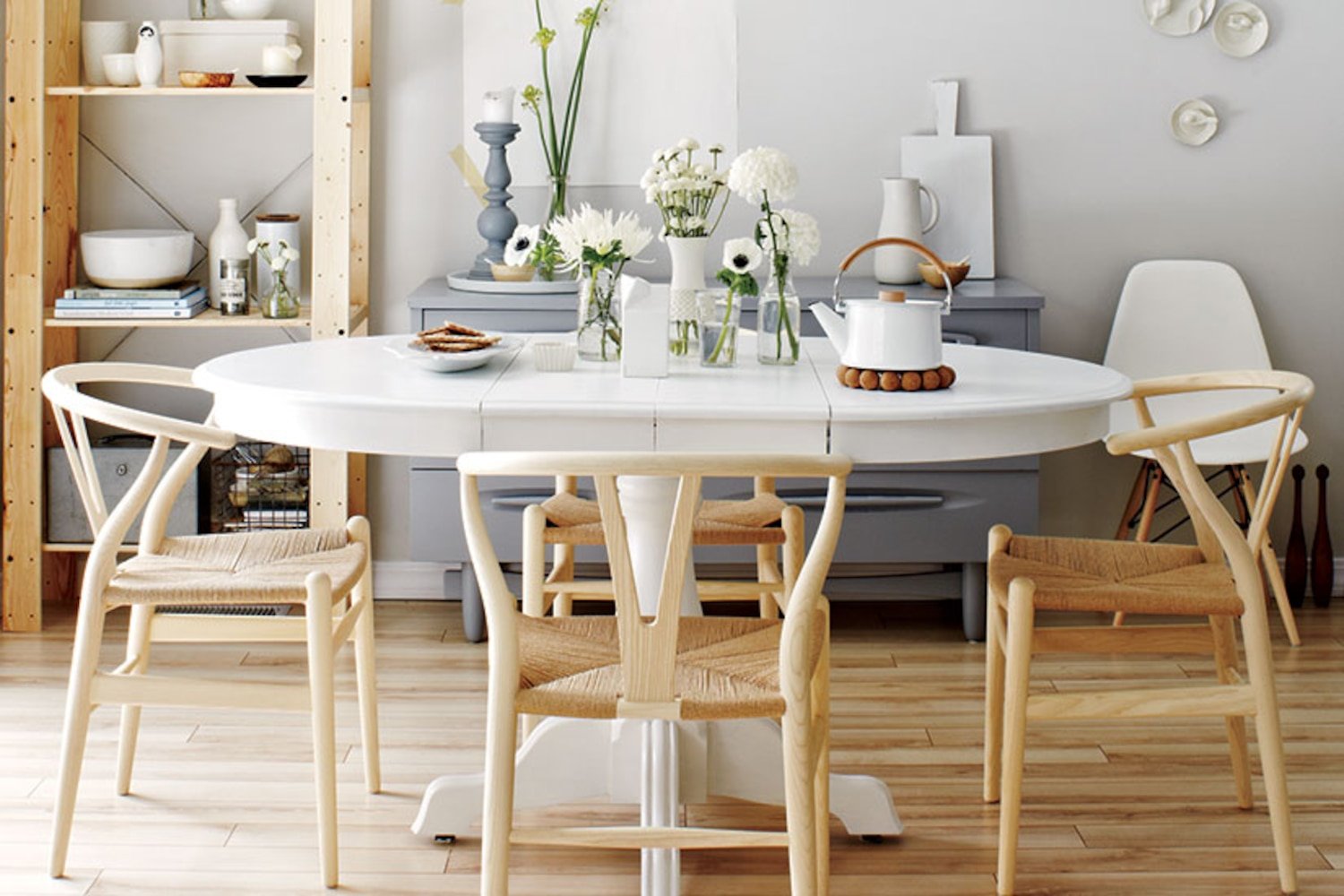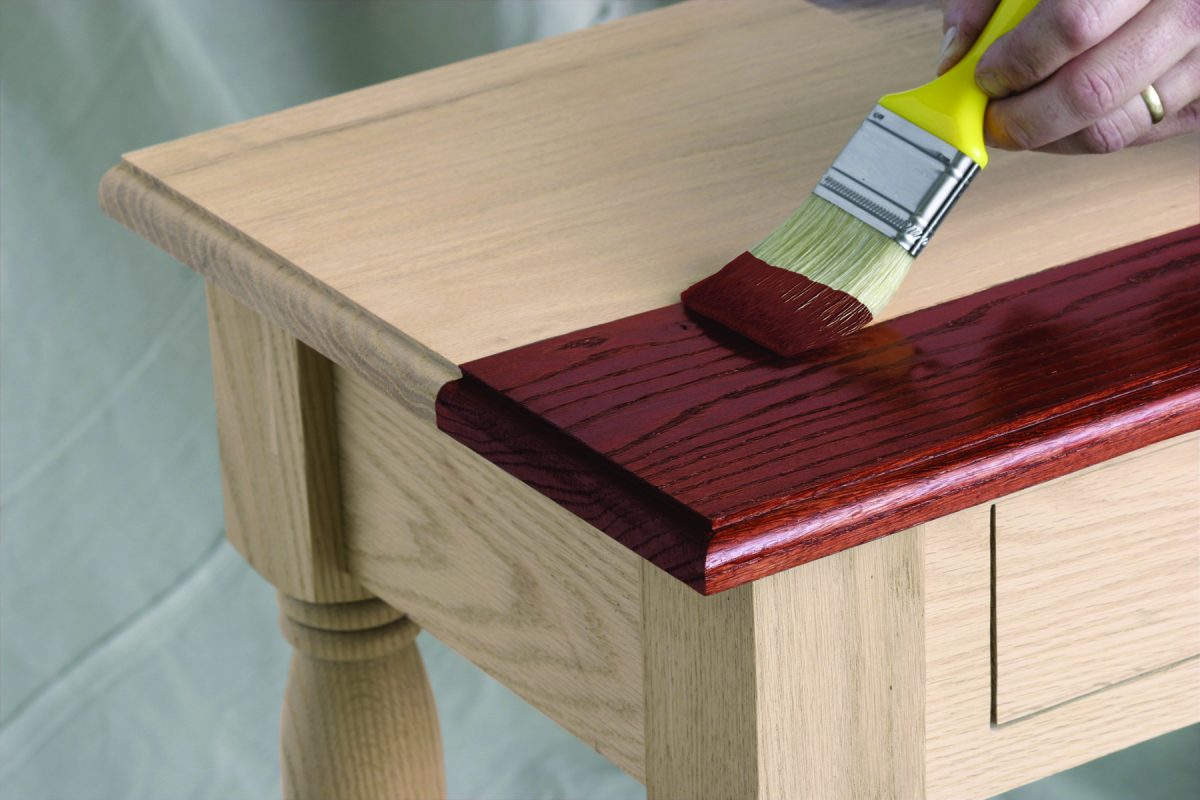Across vast landscapes, artisans have dedicated themselves to transforming raw materials into functional masterpieces, merging aesthetics with practicality. This journey through creativity unveils a world where wood, metal, and textile converge harmoniously, crafting environments that resonate with individuality and purpose.
In this exploration of talent, we delve into the lives of remarkable individuals who have left an indelible mark on the realm of interior aesthetics. Their ability to blend tradition with modernity has redefined spaces, elevating everyday items to levels of art. As we navigate through their unique approaches, one discovers not only striking designs but also the stories behind each piece that deepen its significance.
Through vision and tenacity, these craftsmen push boundaries, inviting enthusiasts and collectors alike to appreciate the nuances of artistry woven into practical objects. Each creation reflects a commitment to quality and innovation, challenging preconceived notions of what functionality entails. Let us journey into this captivating domain, where ingenuity flourishes, shaping environments that inspire and evoke emotion.
Pioneers of Furniture Craftsmanship
This section delves into individuals who have significantly influenced woodworking artistry, showcasing how their visionary concepts transformed material into functional pieces of beauty. Throughout history, innovative minds have merged functionality with aesthetics, establishing trends that resonate through time. These creators not only shaped their eras but also set standards that continue to inspire future generations in creation and technique.
|
Name |
Contribution |
Era |
|---|---|---|
|
Charles Eames |
Revolutionized molded plywood technique, combining comfort with modern design. |
Mid-20th Century |
|
George Nakashima |
Emphasized natural forms and unique wood grain in his handcrafted works. |
20th Century |
|
Isamu Noguchi |
Blended sculpture with functionality, creating iconic and artistic tables. |
Mid-20th Century |
|
Wendell Castle |
Pioneered sculptural furniture, merging art with everyday utility. |
Late 20th Century |
Innovative Materials in Modern Designs
In recent years, a variety of imaginative resources have transformed the landscape of interior objects. Designers are increasingly turning to unconventional elements to craft pieces that not only serve a purpose but also tell a story. This shift towards inventive substances reflects a broader trend of sustainability, functionality, and aesthetic appeal.
Biodegradable composites and recycled materials are gaining traction, demonstrating how environmental considerations can intersect beautifully with artistry. By utilizing elements that minimize waste and reduce impact, creators are starting to reshape consumer perceptions about luxury and sustainability.
Additionally, smart textiles equipped with technology are revolutionizing everyday items. These fabrics can adjust to temperature or even light, making living spaces more adaptable and responsive to individual needs. With such advancements, the boundary between the original form and its interactive potential is continuously blurred.
Furthermore, natural fibers combined with modern engineering techniques introduce a fresh perspective on traditional craftsmanship. The fusion of age-old practices with contemporary innovations leads to remarkable results that emphasize authenticity while pushing creative limits.
This embrace of new materials not only enriches aesthetic diversity but also encourages a dialogue between functionality and heritage. As artisans experiment and redefine boundaries, the evolution of interior objects continues to be an exciting frontier.
Influential Styles Shaping the Industry
Various trends have significantly impacted contemporary craftsmanship, providing unique perspectives and transformative approaches to aesthetics and functionality. These movements blend creativity with practical considerations, leading to remarkable shifts in form and material use. Understanding these influential styles reveals insights into how artistic expression merges with everyday life, shaping preferences and market dynamics.
Minimalism: Embracing Simplicity
Minimalism champions a philosophy of “less is more,” focusing on clean lines and understated elegance. This approach encourages a thoughtful selection of materials, often prioritizing sustainable options. Minimalist designs create spaces that promote tranquility, inviting users to appreciate the essence of each piece without distraction from excessive ornamentation.
Mid-Century Modern: Timeless Appeal
The Mid-Century Modern movement is characterized by organic forms, bold colors, and innovative use of materials, such as molded plywood and fiberglass. Its influence endures, captivating generations with its focus on blending functionality with aesthetic appeal. This style continues to inspire contemporary makers, promoting a seamless integration of indoor and outdoor environments.
Sustainable Practices Among Designers
In recent years, a growing emphasis on environmental responsibility has influenced creative minds in the realm of craftsmanship. Numerous artisans are now incorporating eco-friendly methods into their processes, reflecting a commitment to preserving our planet. This shift not only enhances the integrity of the objects produced but also responds to a demand for more ethically made products. Sustainability has become an essential aspect, promoting a cycle of mindful creation and consumption.
Materials Selection
One of the vital elements of sustainable craftsmanship is the careful choice of materials. Many artists are opting for reclaimed or renewable resources, minimizing waste while empowering local economies. Utilizing wood sourced from sustainably managed forests or incorporating recycled metals showcases a proactive approach to resource usage. Additionally, organic fabrics and non-toxic finishes further reflect a dedication to health and environmental well-being.
Production Techniques
Beyond material selection, innovative production techniques play a crucial role in achieving sustainability. Artisans are increasingly adopting methods that reduce energy consumption and minimize emissions. Techniques such as CNC machining and 3D printing not only offer precision but also allow for efficient use of raw materials. Furthermore, local sourcing of materials and production processes reduces transportation impacts, adding to the overall sustainability profile.
Notable Furniture Shows and Exhibitions
A vibrant platform exists for showcasing unique craftsmanship and groundbreaking concepts within the realm of interior decor. These gatherings bring together talented individuals, enthusiasts, and industry leaders, fostering connections and sparking conversations that often lead to visionary outcomes.
International Contemporary Furniture Fair
Taking place annually in New York City, this prominent event attracts a global audience. It highlights contemporary trends, unique artistic endeavors, and exemplary craftsmanship. Attendees can explore a plethora of installations that showcase innovative ideas, elevating both traditional and modern styles.
Salone del Mobile
Held in Milan, this iconic exhibition stands as a benchmark for design excellence worldwide. Artisans and brands present their most ambitious projects, often setting the stage for future trends. With a combination of artistic displays and market-oriented solutions, this event draws attention from all corners of the design community.
Q&A: American furniture designers
Who are some of the most influential American furniture designers and what are their notable contributions?
Some of the most influential American furniture designers include Charles and Ray Eames, who are renowned for their modernist approach and iconic pieces like the Eames Lounge Chair. Another significant designer is George Nelson, known for innovative designs such as the Coconut Chair and the Marshmallow Sofa. Additionally, Isamu Noguchi is celebrated for his sculptural coffee tables and the iconic Noguchi Table, blending artistry with functionality. These designers have shaped the landscape of American furniture design with their unique perspectives and groundbreaking creations.
What specific innovations have these designers introduced in furniture design?
American furniture designers have introduced a variety of innovations that have transformed the industry. Charles and Ray Eames brought new materials and manufacturing processes into play, particularly the use of molded plywood and fiberglass, which allowed for more ergonomic and aesthetically pleasing designs. Designer Hans Wegner is known for his simplicity and elegance, with designs that emphasize craftsmanship and the beauty of wood. Moreover, contemporary designers like Patricia Urquiola are integrating technology and sustainable materials to create multifunctional and eco-friendly furniture, pushing the boundaries of traditional design.
How has the American furniture design scene evolved over the decades?
The American furniture design scene has evolved significantly from the mid-20th century to the present. Initially influenced by modernism, designers like the Eameses and Nelson popularized sleek, minimalist designs that focused on functionality and comfort. In the late 20th century, postmodernism brought a more eclectic, playful approach, with designers like Frank Gehry introducing sculptural and unconventional pieces. Recently, there’s been a shift toward sustainability and innovation, with many designers focusing on environmental impact, utilizing reclaimed materials and promoting ethical manufacturing practices.
What role do contemporary trends, like sustainability, play in furniture design today?
Sustainability plays a crucial role in contemporary furniture design, as designers and consumers become increasingly conscious of environmental issues. Many designers are now prioritizing sustainable materials, such as bamboo, recycled metals, and reclaimed wood, to reduce waste and environmental impact. Additionally, the emphasis on durability and timeless designs encourages the creation of pieces that can last for generations, contrasting the fast-fashion mentality. This trend is not just a response to consumer demand but also a moral responsibility recognized by many within the industry, leading to innovative practices and materials that are both eco-friendly and visually appealing.
Where can I find iconic pieces from these American designers?
Iconic pieces from renowned American designers can be found in various places. For vintage items, auctions and estate sales are good sources, as many classic pieces are highly sought after by collectors. Additionally, specialized furniture stores and galleries often carry reproductions or original works from well-known designers. Online platforms like 1stdibs, Chairish, and Etsy also feature vintage and contemporary designs by these iconic creators. Museums such as the Museum of Modern Art (MoMA) or the Smithsonian American Art Museum often exhibit significant pieces of American furniture design, providing both inspiration and information about the designers’ legacies.
What are the key characteristics of furniture produced during the Arts and Crafts Movement, and how did Gustav Stickley contribute to it?
The Arts and Crafts Movement emphasized handcrafted quality, simplicity, and functionality in furniture design, focusing on natural materials like walnut and oak. Gustav Stickley was a pivotal figure in this movement, creating furniture that reflected these principles. His designs highlighted the craftsmanship and decorative arts, making significant contributions throughout his career. Stickley’s work laid the foundation for American modernism, influencing future generations of furniture makers and designers.
How did American furniture design evolve from 1900 to the early 21st century?
The evolution of furniture design from 1900 to the early 21st century showcases a transition from traditional styles to innovative, modern furniture solutions. This period includes movements such as Mid-Century Modern, characterized by clean lines and functional aesthetics, with designers like Frank Lloyd Wright and Herman Miller leading the way. The book “9781538135624” highlights the furniture produced during these eras, summarizing the evolution of furniture design and its impact on interior and industrial design.
What are the notable contributions of Knoll International and Herman Miller to the furniture industry?
Knoll International and Herman Miller are two of the most influential furniture companies in the 20th-century furniture industry. They have been instrumental in promoting innovative furniture design, showcasing works by leading American designers. Their collaboration with European designers has also highlighted the furniture produced by some of the best-known names in the field. The companies focus on technology and design, making significant contributions to both residential and commercial furniture solutions.
Who are some of the most important American furniture designers of the 20th century, and what were their design philosophies?
Some of the most important American furniture designers of the 20th century include Frank Lloyd Wright, Herman Miller, and Oscar P. These designers emphasized functional aesthetics and sought to integrate furniture with architecture, reflecting the broader trends in American modernism. Their works are characterized by a focus on clean lines, innovative materials, and a commitment to craftsmanship, making significant contributions to the furniture industry throughout the century.
How does the book summarize the evolution of furniture design, and what topics does it cover?
The book provides a comprehensive overview of the evolution of furniture design, with introductions to each section summarizing key movements, designers, and technological advancements from the 20th century to the early 21st century. It discusses the highlights of furniture produced, the impact of industrial design on modern furniture, and the decorative arts that shaped the furniture industry. The publication also features a selection of the best-known European designers whose work is sold by Knoll and other leading companies, emphasizing the global influence on American furniture design.




